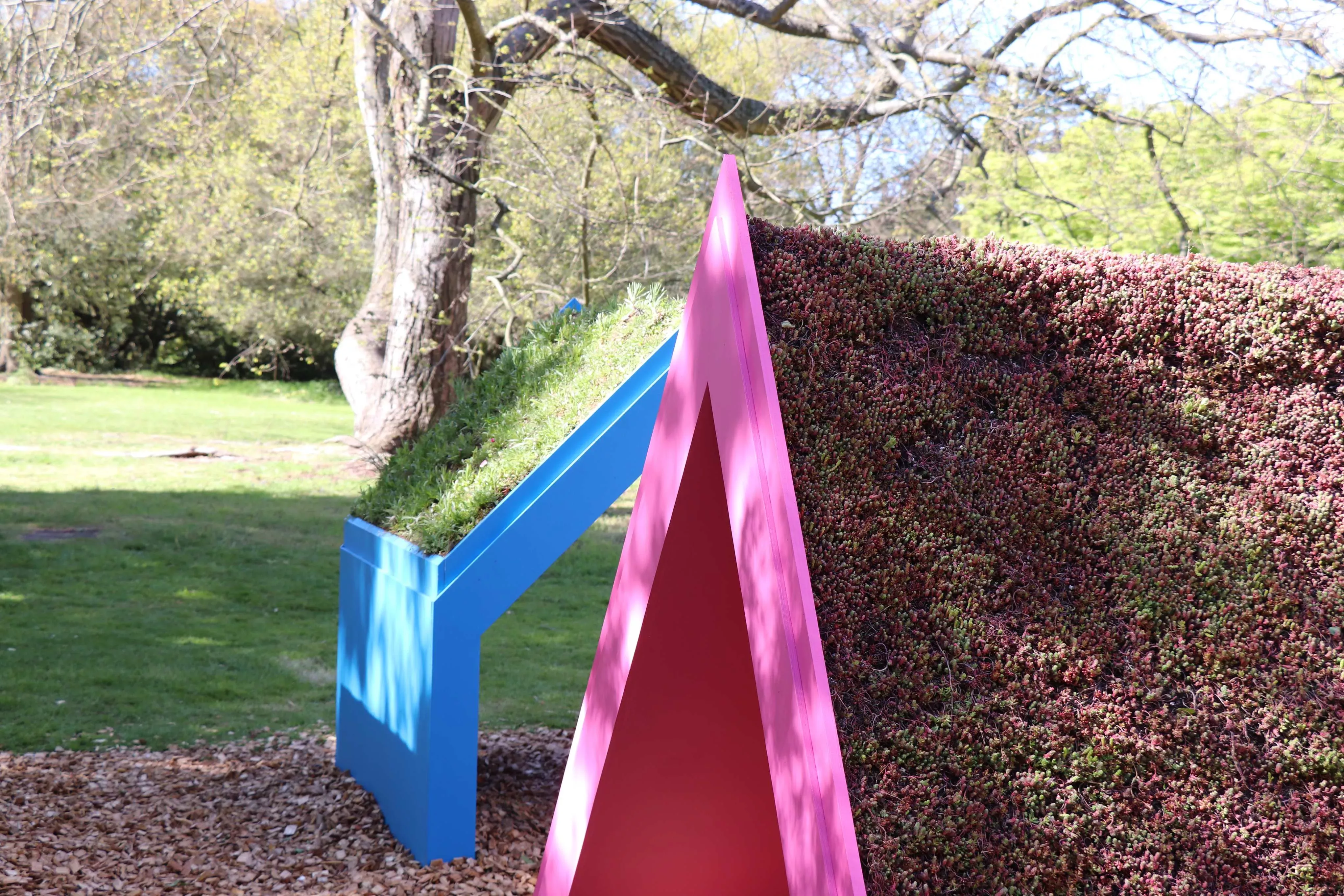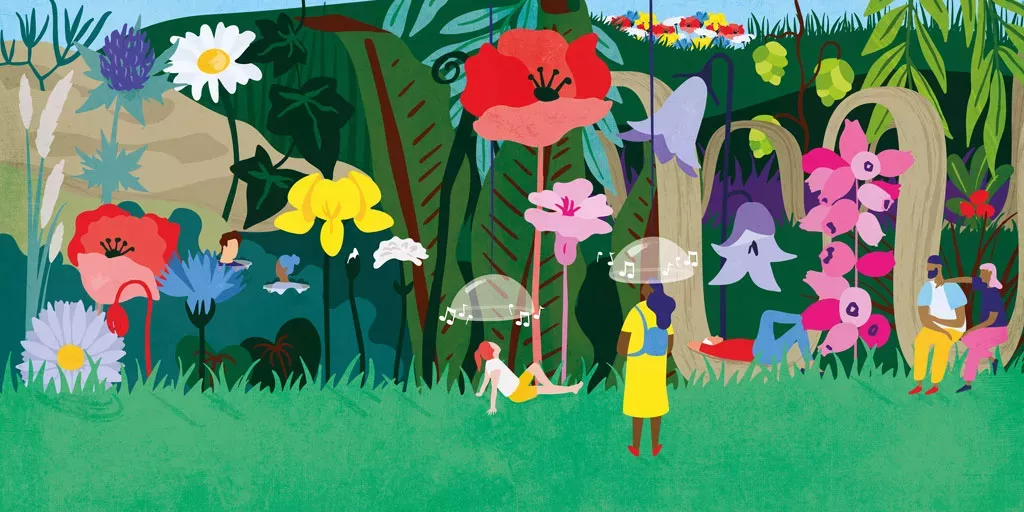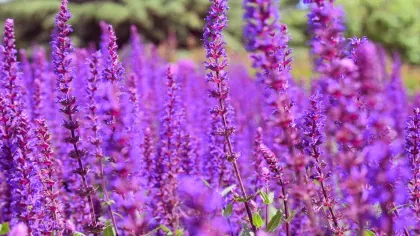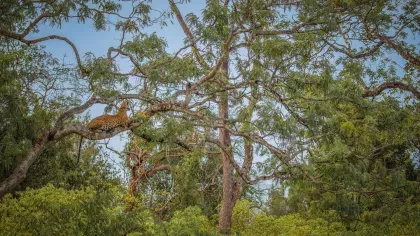7 May 2021
The inspiration behind Plantscapes
Seattle-based artist Vaughn Bell tells us about creating her biggest pieces yet: a series of living artworks nestled amongst Kew Gardens.

My body of work has grown out of a lifelong interest in art, ecological science and a childhood spent in Virginia, always outdoors and with a sense of discovery.
I have been drawn to using plants as my art material because of that visceral experience of being alongside another species.
Physically tending to a plant, interacting with garden designers, and taking care of them is like a performance art.
Having two young children, I spend plenty of time outdoors. So the design of Plantscapes includes a sense of seeing the detail of the world with someone smaller or with different abilities.
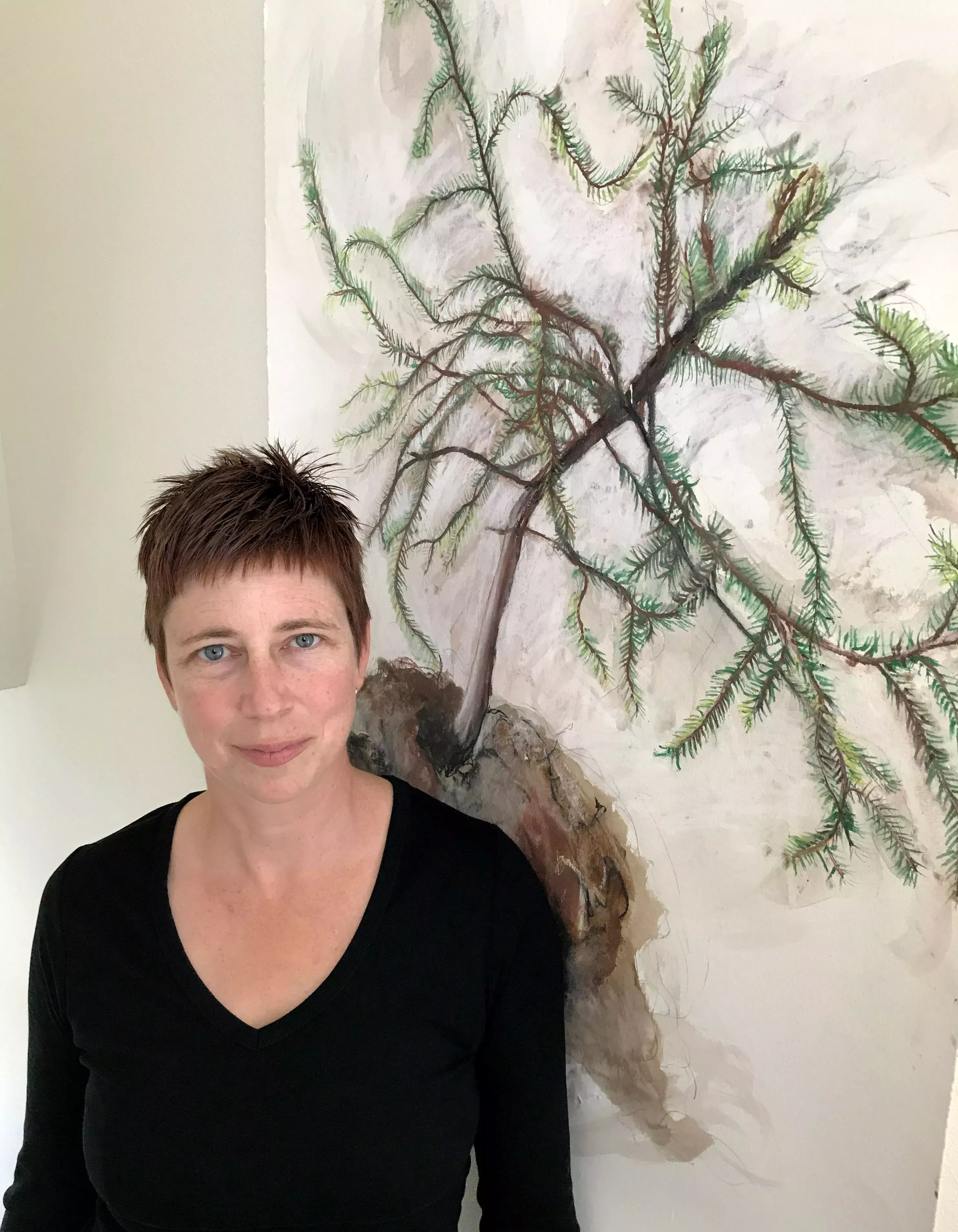
Plantscapes
Imagine walking through the grounds of Kew and finding pieces of the different landscapes around the UK transported there.
They are floating in space, contained yet integrated into the Gardens.
Each installation is a sculptural structure; a specific shape that references where that plant landscape comes from.
The closer you get, the more you see the attention and care of the planting, just like anywhere in the grounds of Kew Gardens.
You can physically get within these structures; walk around them, duck underneath them or put your head through a hole and become completely surrounded by the plants.
You will be both at Kew and in the midst of moorland or a meadow or a hedgerow.
You can notice the little plants and parts of those landscapes in a new way that might not have been obvious before.

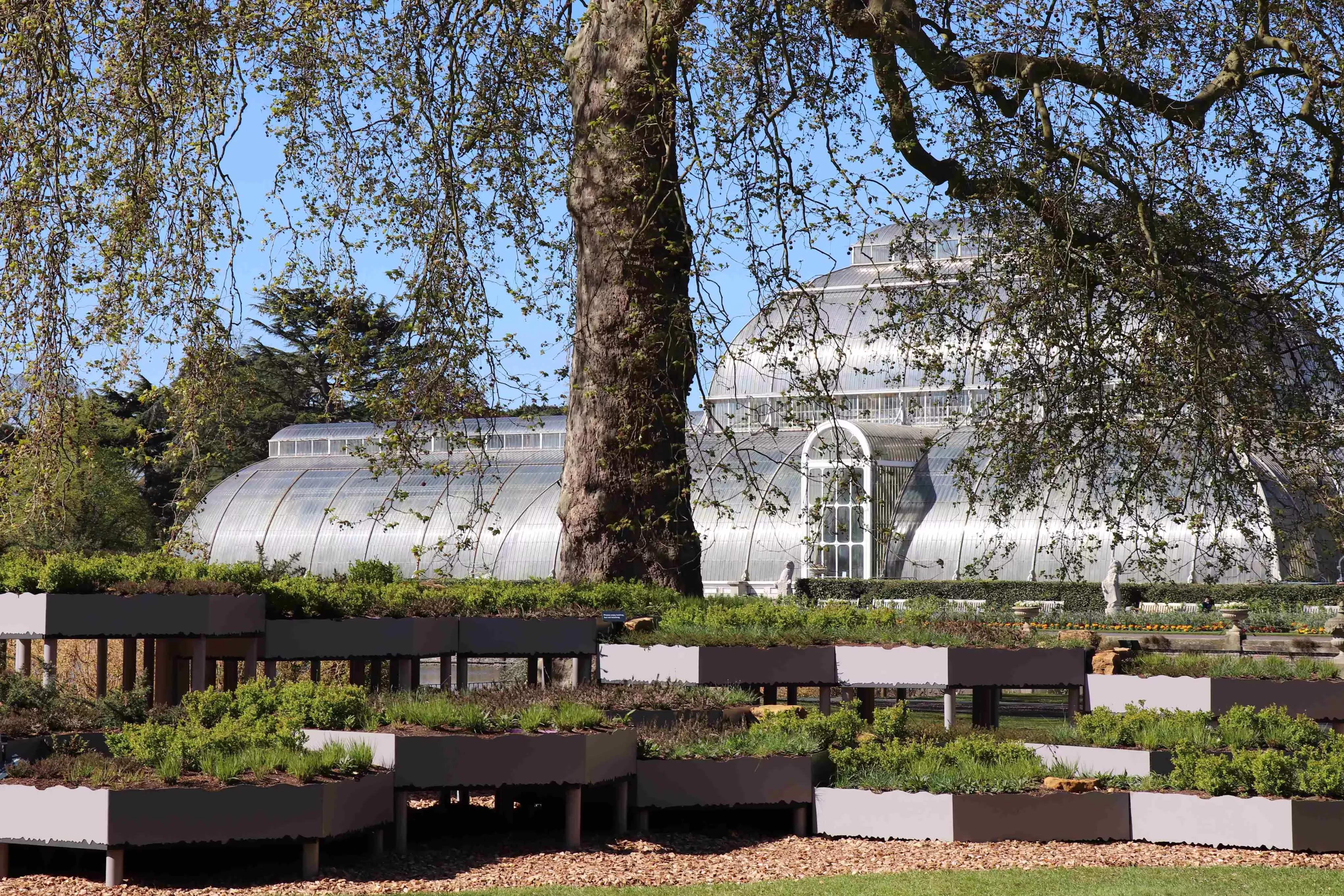
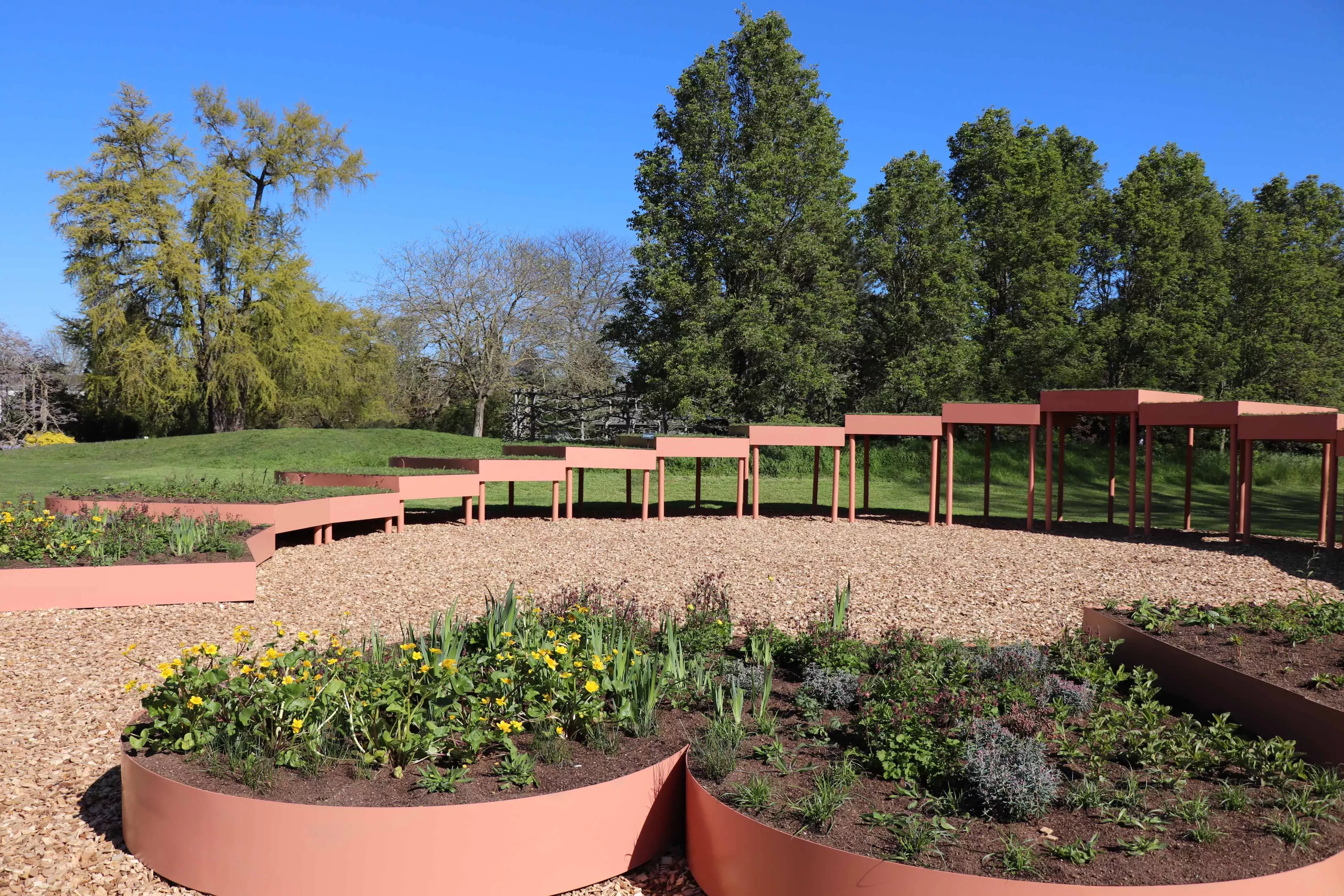
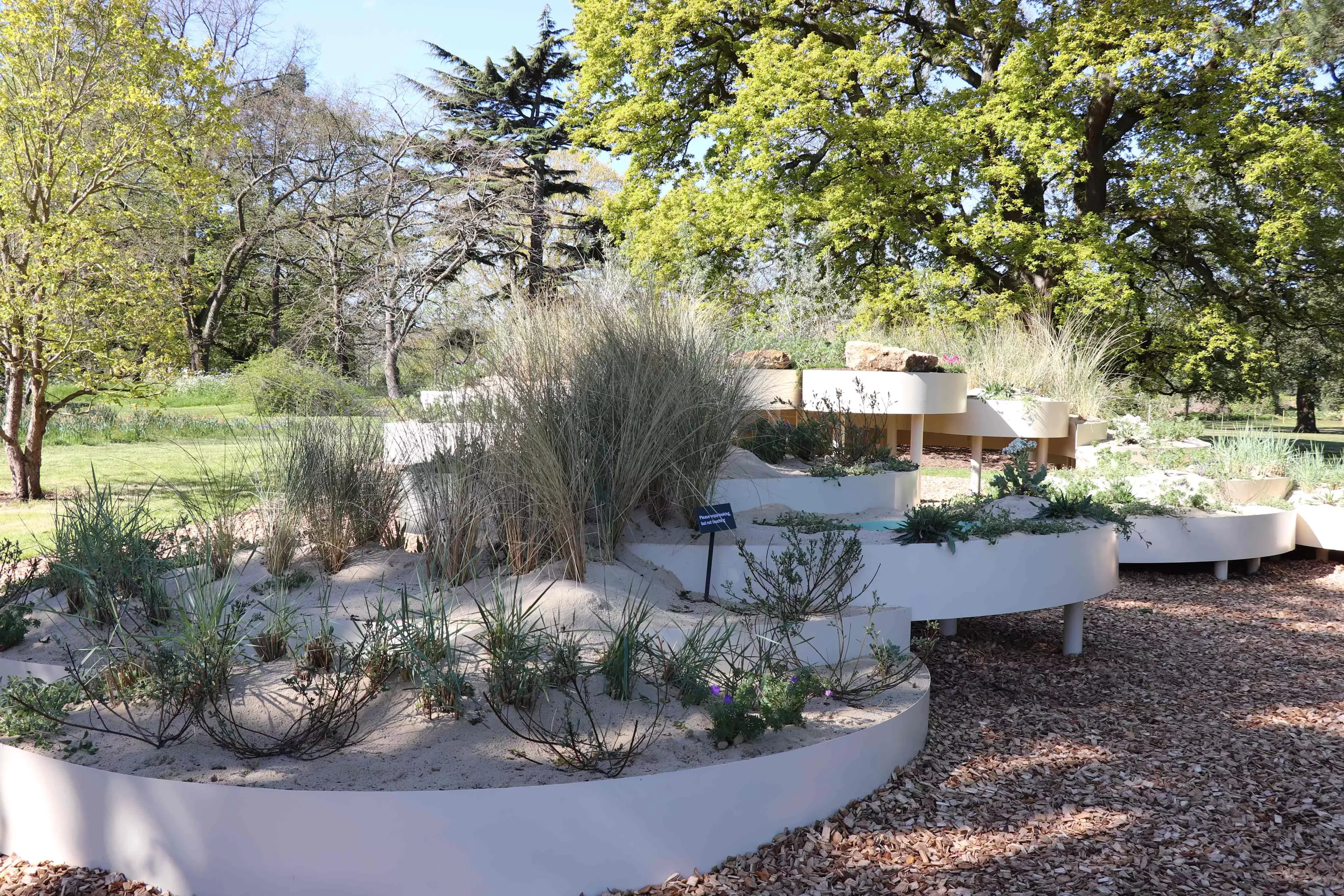
A collaborative artistic experience
Partnership has been key to the execution of this exhibition.
Unable to travel because of the pandemic, I’ve put my trust in the knowledge and influence of the horticultural team at Kew who combined my research with their suggestions.
The detail of the art is because of them – and it’s an ongoing art. These plants will grow and need care. They are not static sculptures.
These are the biggest pieces I’ve ever created.
As an artist my role was the genesis of the idea and the experiential nature of these pieces.
I worked closely with engineers, back and forth on CAD designs and collaborating with them to problem-solve turning my visions into a reality – it is thrilling to imagine something and make it real.
But these pieces wouldn’t exist without the people experiencing in the Gardens.
They are not meant to be admired from afar; they need to be interacted with. They are a sensory, emotional and aesthetic experience.
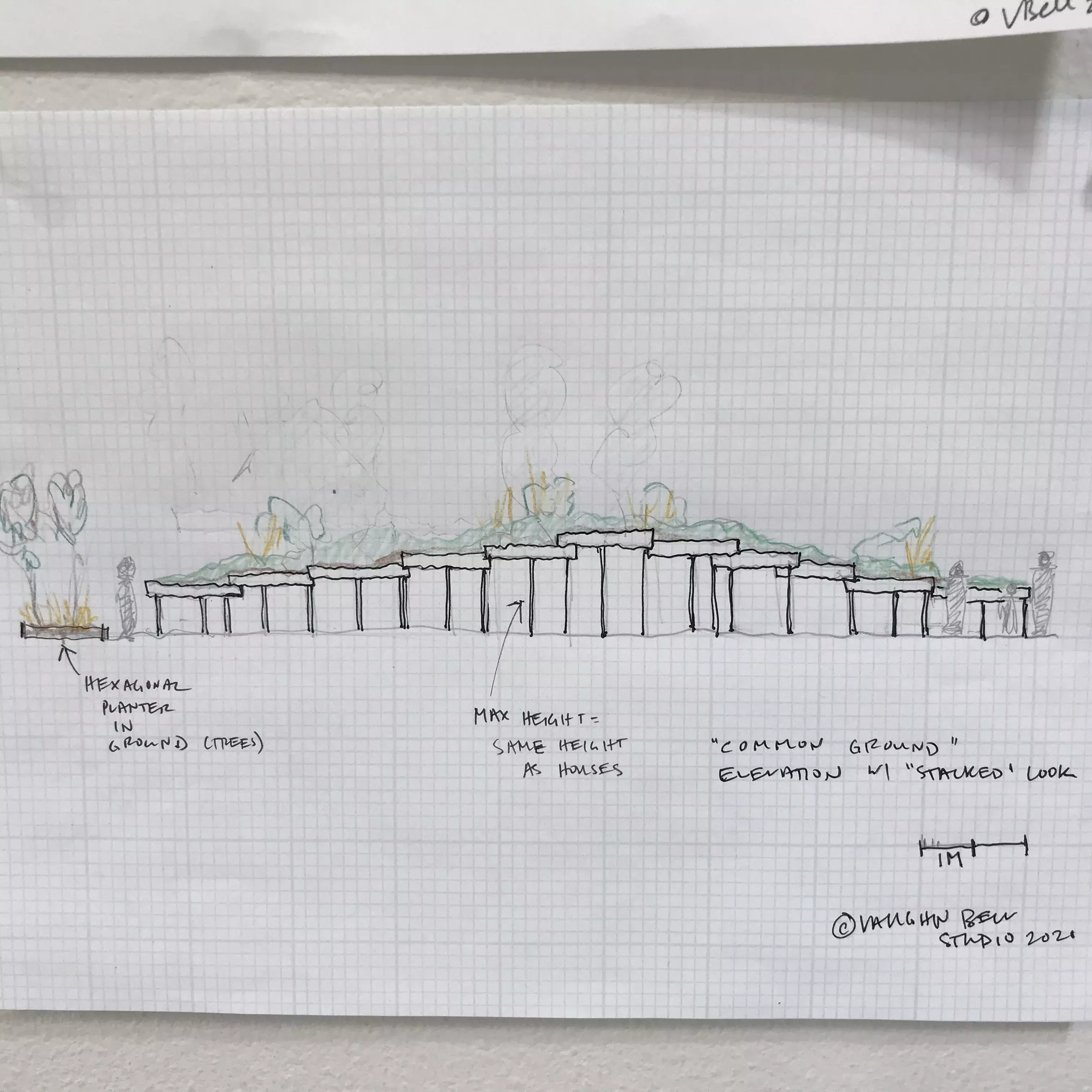
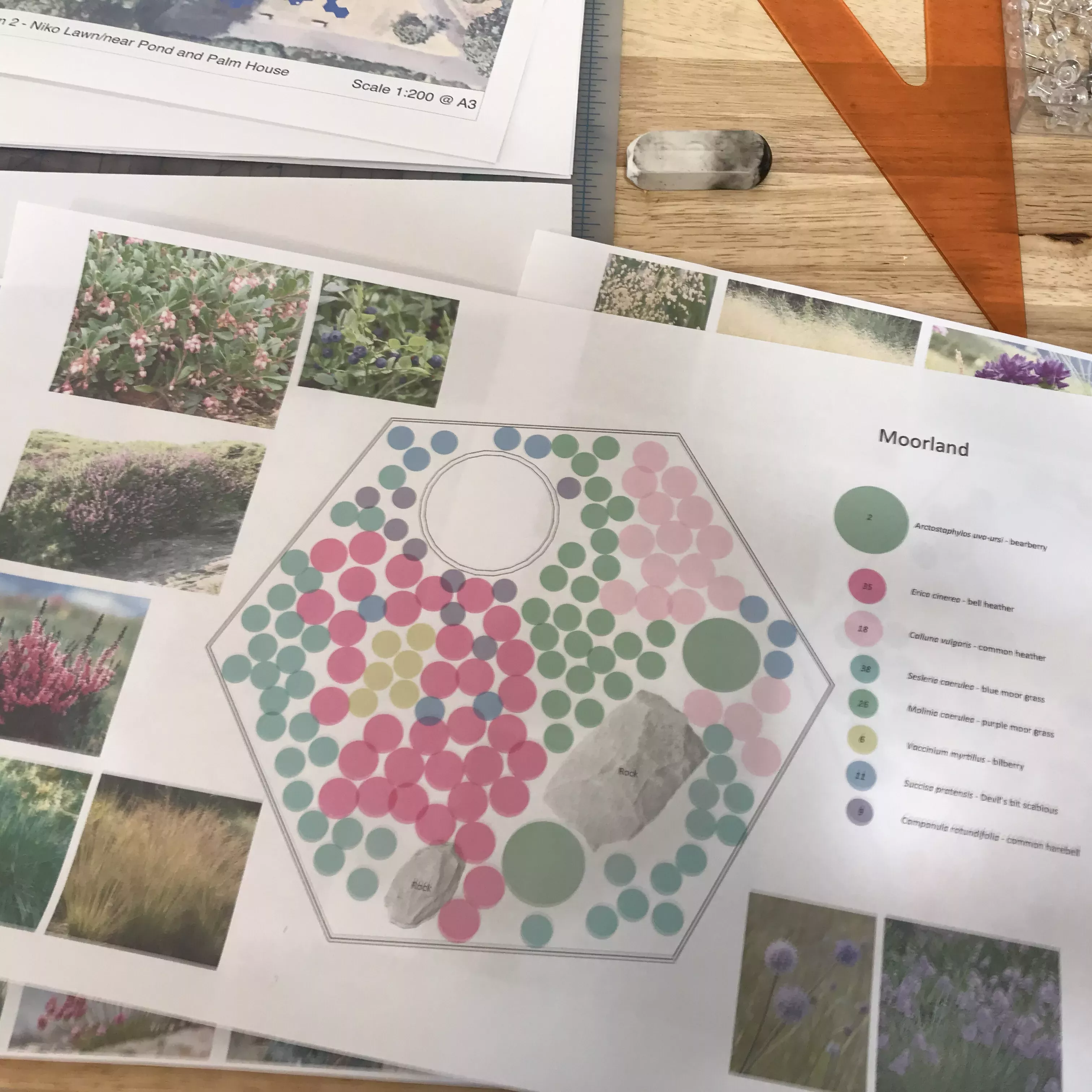
Changing a relationship to nature
Natural places have been central to me; emotionally, spiritually and physically.
As I became aware of the challenges we are facing with our planet, it became something I wanted to explore.
This exhibition is in part an antidote to plant blindness – it is 'plant noticing'.
Because nature is always present. No matter how urban your landscape might be, it’s in the cracks of your sidewalk or your backyard.
In fact, some of the landscapes in these pieces – like the hedgerows – are actually manmade places of huge biodiversity. Humans are not always destructive; we have created paths forward before.
So the divide between humans and nature is an illusion.
